
How have the moons that JUICE will be visiting – Ganymede, Callisto, and Europa – sustained a subsurface ocean despite being so far away from the Sun? Why haven’t they frozen over?
They are called ‘icy moons’ because they are made of frozen ice. But there is a mechanism inside the moons which generates heat, and then the ice can melt and become liquid. The question is, how is the heat generated inside?
Here we have two possible reasons. One answer is that because the moons are actually large, there are – like on Earth – some radioactive elements. Inside Earth, for example, there is heat generation coming from the interior from radioactive elements. But the other process, which is quite interesting, is that because the moons are relatively close to the very big planet Jupiter, and because of the characteristics of their orbits, there is a gravitational struggle. In fact, these moons don’t have the shape of a normal ball – like a football – they are more like a rugby ball. They change shape because of the gravitational attraction between the moon and Jupiter. That makes the moon change shape and keeps the interior moving. That also generates some heat, and this heat allows the ice to melt and become liquid.
How were these subsurface oceans discovered?
The discovery of subsurface liquid water was one of the greatest discoveries in planetary science, which was made about 20 years ago by NASA’s Galileo mission. The mission went around Jupiter, and the spacecraft needed a few flybys around the icy moons and Io. With its magnetometer, it discovered that there is liquid water inside Europa, Ganymede and possibly Callisto.
Esta historia es de la edición Issue 106 de All About Space.
Comience su prueba gratuita de Magzter GOLD de 7 días para acceder a miles de historias premium seleccionadas y a más de 9,000 revistas y periódicos.
Ya eres suscriptor ? Conectar
Esta historia es de la edición Issue 106 de All About Space.
Comience su prueba gratuita de Magzter GOLD de 7 días para acceder a miles de historias premium seleccionadas y a más de 9,000 revistas y periódicos.
Ya eres suscriptor? Conectar
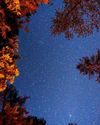
15 AUTUMN STARGAZING TARGETS
Go on a night-sky treasure hunt as the brighter evenings give way to the cooler months
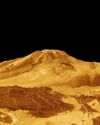
MYSTERIES OF THE UNIVERSE WHY IS VENUS SO DRY?
A new study reckons the answer lies high in the Venusian atmosphere
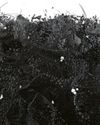
WHEN BLACK HOLES TURN WHITE
Can bouncing black holes help physicists find the ultimate theory of everything?
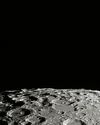
THE MOON'S THIN ATMOSPHERE IS MADE BY CONSTANT METEORITE BOMBARDMENT
While the solar wind also contributes to the atmosphere, meteorites are the main culprit
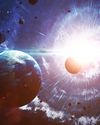
INTERSTELLAR TRAVEL AND HOW TO BECOME A SPACE TOURIST
Having explored much of the Solar System, attention is now turning to the stars beyond
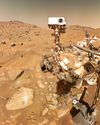
NASA'S PERSEVERANCE ROVER FINDS POSSIBLE SIGNS OF ANCIENT RED PLANET LIFE
Further analysis is needed, but a rock contains potential evidence that life once existed on Mars in the distant past
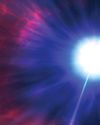
A NASA TELESCOPE MAY HAVE FOUND ANTIMATTER ANNIHILATING IN POSSIBLY THE BIGGEST EXPLOSION SINCE THE BIG BANG
The massive explosion was captured in 2022

Jameel Janjua "This is how we get to Mach 3”
Jameel Janjua made it to the bitter end in a Canadian government astronaut selection in 2009, but wasn't chosen. He found a different path to space through Virgin Galactic

BOEING NEEDS TO IMPROVE QUALITY CONTROL ON THE SLS MOON ROCKET
The NASA Inspector General's report finds serious quality-control issues affecting the upgraded version and expects cost overruns and delays

DARK ENERGY
THE MOST DOMINANT FORCE IN THE UNIVERSE IS ALSO ITS MOST MYSTERIOUS AND MOST UNANTICIPATED